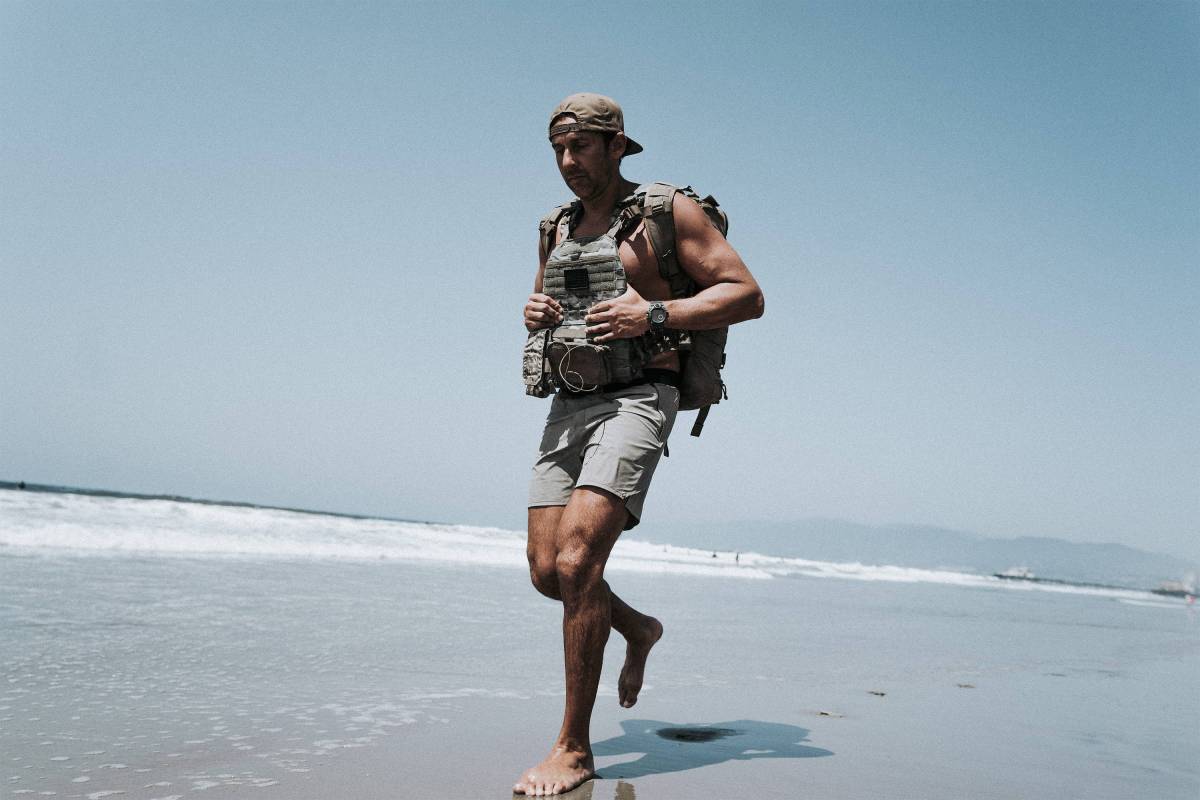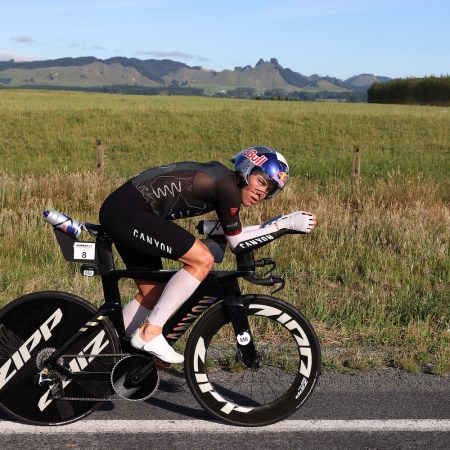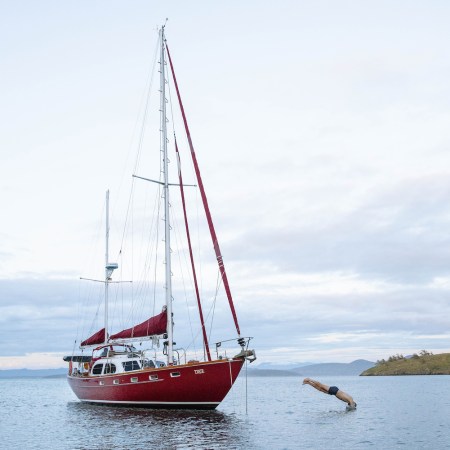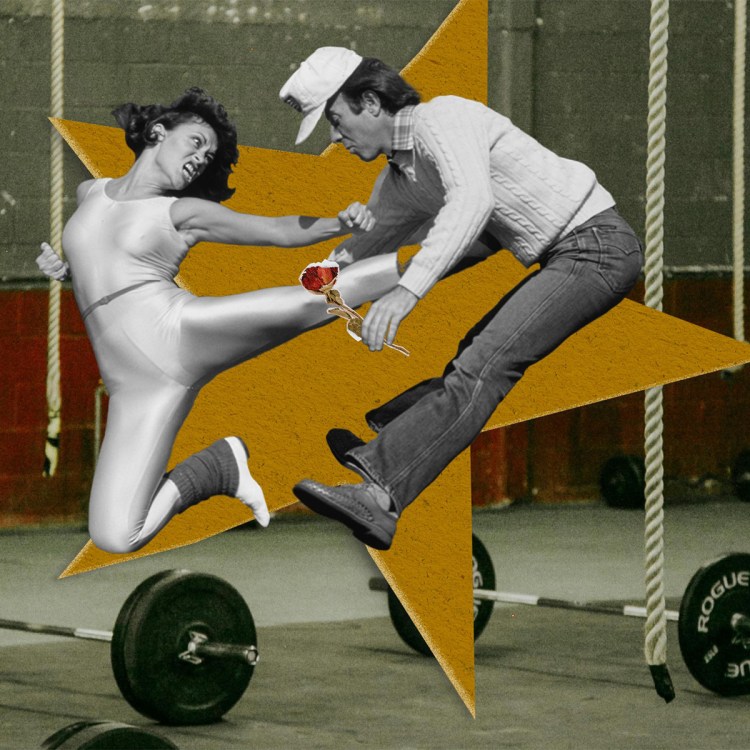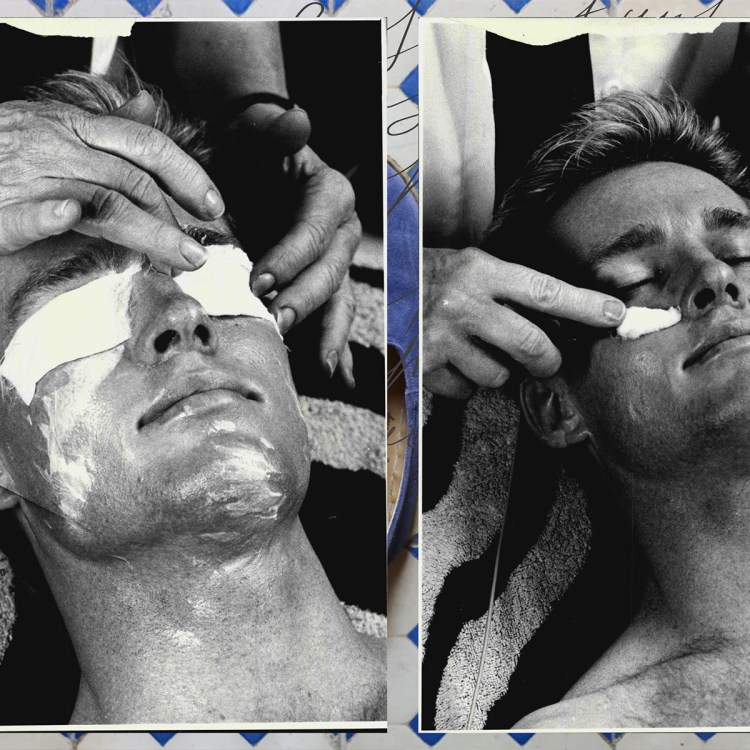Kaj Larsen freely admits that he often feels more at home underwater than on dry land.
Raised next to the ocean in Capitola By-the-Sea, Larsen grew up surfing, playing water polo, and lifeguarding before joining the Navy SEALs. As a member of the maritime component of U.S. special operations, he only expanded his mental and physical ability to succeed while submerged.
As a Lieutenant, Larsen led a team of special warfare personnel in covert operations overseas. In his last assignment, he was deployed as a detachment Commander in support of the Global War on Terrorism; he earned the rank of Lieutenant Commander as a SEAL officer attached to US Special Operations Command. Larsen is also a two-time national champion open-water swimmer, and has offered his talents to missions with Team Rubicon Global. Throughout the year he participates in charity events like the Navy SEAL Hudson River Swim to raise money and visibility for veterans.
We recently sat down with Larsen to chat about the experiences that led him to be a great waterman, and how the rest of us can attack the surf more like a Navy SEAL.
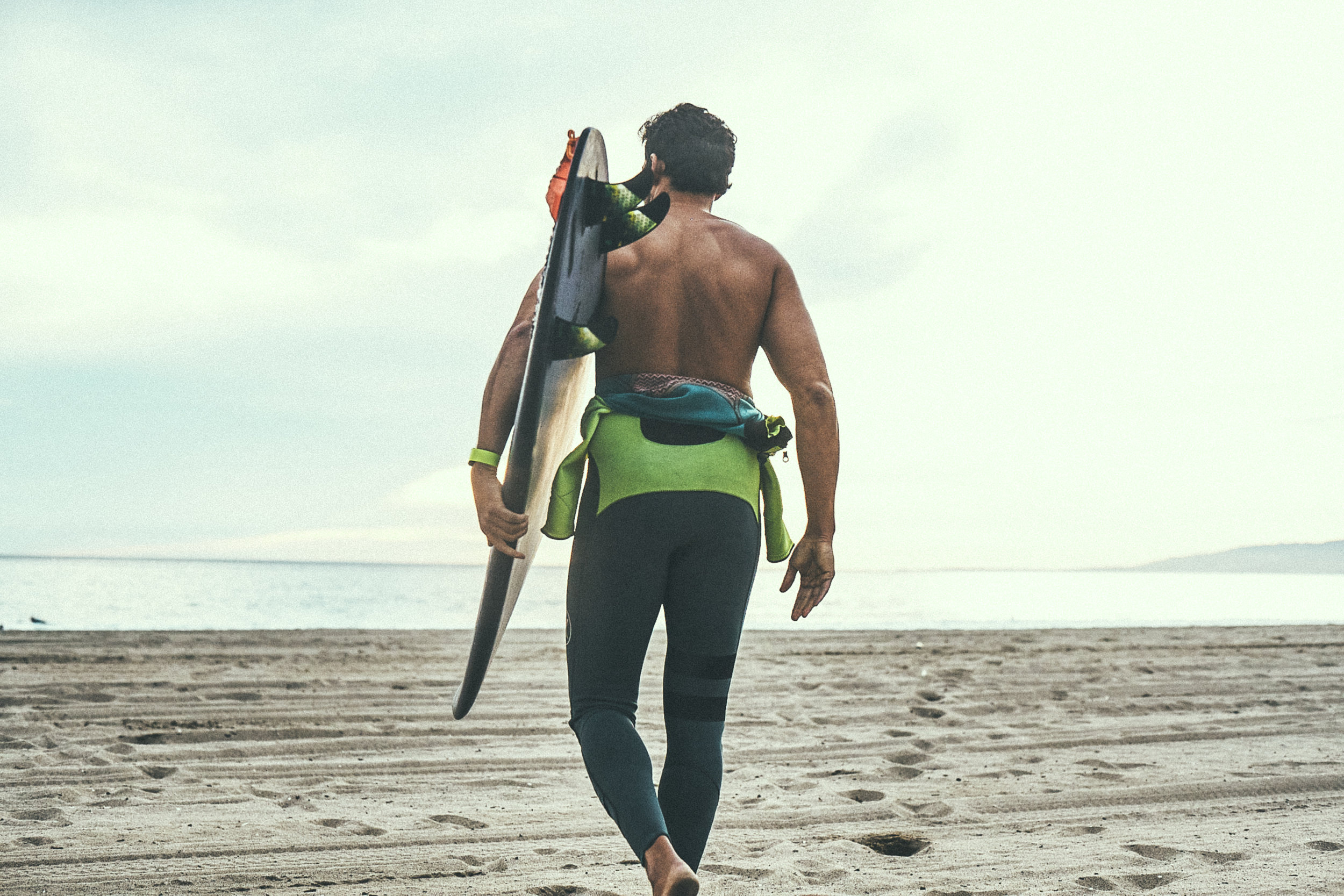
InsideHook: Do you remember your first experience in the water?
Kaj Larsen: My introduction to the water came very early from my parents. My mother took me out to look at the waves on the day I was born. My father was a great athlete, swimmer, and a Marine. He subscribed to this ancient Russian baby-raising technique, which states that babies aren’t afraid of the water during their first six months of life. So, much to my mother’s shock, he brought me into the pool when I was around three months old. I survived that early initiation, and actually was fine when he took me down to the bottom. I think those early experiences definitely influenced who I’m, as well as growing up in the Santa Cruz area where there is a strong tradition of watermen. From there I suppose it was a natural evolution that I joined the Navy SEALs.
What was it like doing water training to join the Navy SEALs at Basic Underwater Demotion/SEAL Training (aka BUD/S)?
The water portion was my favorite part of BUD/S, but during that training you do have this complex relationship with the water. The ocean can be beautiful and calming, but it can also be extraordinarily dangerous. One of the most punishing challenges that they put you through is called “Surf Torture,” where you are linked arm-in-arm with the rest of your class while the cold waves crash on you, plummeting your body temperature. This continues until you’re near-hypothermic and can’t stop shivering. There is so much made of all the physical challenges, like the log carrying or the obstacle course, but that cold water is what saps most guys’ will to keep fighting. It’s those evolutions where guys are cold, wet, and hungry that really get them running to ring the bell and give up. They can be so tough and punishing that I’ve seen guys coming out of the experience with aqua-phobia or some sort of fear of the water.
Can you describe the kinds of swims and underwater drills you were required to do in BUD/S?
One of the tests is a 50-meter underwater swim that starts out with a summersault. The passing standard doesn’t require you to get out of the pool yourself, you just need to make the wall. Most people who do this test are pretty much tapped by the time they make it to the wall. There are a lot of occasions where guys will black out once they make the wall and need to be pulled out to be given oxygen to recover. The second phase of BUD/S is the dive phase and there is a part of that called pool competency. The instructors take you through seven levels of effort and you have to pass all of them to move onto combat diving. One of the constant elements throughout is a drill they call “sharking” where they are basically beating you up underwater. They’ll try to throw you off your game underwater, hitting you and tying your regulator up into knots so that you can demonstrate your ability to keep calm underwater with out oxygen.
Did you have a particular challenge during that training that was the most difficult for you personally and required you to push yourself to an extreme?
I was the best waterman in the class, winning pretty much every swim in BUD/S. But that ability didn’t make the very technical challenges any less difficult. I remember during the final effort I had two instructors messing with me while I was breathing through a double-hosed regulator in a 15-foot pool. They tied my regulator in a very specific knot, forcing me to work with no air available to get it untied. So apparently during this test the diver, aka me, is supposed to recognize that the knot is impossible to untie and give up. It’s a pretty serious knot called the “whammy knot”. I remember the feeling that I had in that moment, and it was that I didn’t want to fail. Failure was not an option. So the instructors came down, hit me, ripped my mask off, beat me up a bit, and then turned my air off that way. I was so afraid of failing in that moment that I stayed down there on a two-minute breathe hold until I did eventually untie the knot. So, basically, even though I didn’t complete the mission as they expected, I did pass. That was probably one of the most challenging moments I’ve had during training.
Is there a particular way of swimming that you perform in the SEALs that can’t be found elsewhere?
One of the more important swimming methodologies that we learn in the SEALs is the combat sidestroke. We learn it because it’s a very efficient way of moving through the water, and less visible than other strokes for when we need to swim on the surface. I helped some of my fellow SEALs learn it in BUD/S and there are a lot of videos out there where you can see how it plays on the surface.
Over these years of training in the water, what do you believe are the best practices for becoming a better swimmer?
There are two basic components to succeeding underwater: the physical and the mental. The physical element starts with breath-hold training and breathwork, which can be improved like any aspect of physical performance. I first began really contemplating breathwork not in relation to diving, but instead during my marksmanship training in the military. One of the things that we do in sniper training is steady the body for a better shot by sticking to a specific breathing pattern. I expanded that philosophy naturally into my swimming as well.
There are also technical things that you can do, like holding your breath while exerting. There are charts and exercises that you can follow to increase your CO2 or carbon dioxide tolerance. People forget it’s not the lack of oxygen that signals the body’s need to breathe, it’s actually the build up of carbon dioxide. Back in the old days of free-diving we used to just scrub the carbon dioxide off our bodies, the problem being after a few minutes if you continued to push yourself you would pass out. That was a dangerous way to free dive and we don’t do it that way anymore.
But there are stretching techniques that you can employ to expand this bird cage or ribs that hold our lungs. I find it interesting that breathing is the very first and the very last act of our lives, yet we rarely think about the breathing that happens between. Humans have the ability to breath consciously and unconsciously, which not every animal has. Dolphins for example only breathe consciously, they have to think about every breathe they take and when they sleep the one hemisphere of the brain stays active to make sure they breathe. One of the ways that you can improve is to start focusing on the breathing and being more present for those breaths. Almost everything you do in life can be made better by taking a conscious breath.
Is there any kind of specific workout that you do inside the gym and outside of the water that directly translates to performing better during your swims?
I would say any kind of cross-training is going to benefit you in athletic endeavors like swimming. Being lighter, leaner, faster, stronger is going to have tremendous horizontal transfer into swimming better. I’ll incorporate breath holds into my sprints during my workouts. There are a lot of people who have strong enough legs to do a ten-kilometer run, but they’re limited by their conditioning. The same circumstances apply to swimming. Movements like pull-ups and rowing are great for improving your swimming because of their emphasis on the latissimus dorsi and the similar motions made by the body. Explosiveness should also be included into the training. There is always the caveat that you don’t want to show up to the water looking like the Hulk. Ideally your physicality is more lean and torpedo-like.
How about the mental aspect you mentioned?
I’d say the most important key in any water environment is your state of mind and ability to relax underwater. The majority of people who drown do so because they lose their composure. They get in this vicious cycle where their mind is convincing them they need more oxygen than they really do. That is when they start to get more frenetic and they start burning though the oxygen that they do have. Being calm underwater is not just the secret to success, but also the secret to survival.
Do you have any rules that you follow no matter what when pushing yourself underwater?
The first rule to doing anything like free-diving or breath-hold training is to adhere to the buddy system. There have been too many instances where people have done hypoxic training until they passed out and died because nobody was with them. In the SEAL Teams we preach that you never leave your swim buddy. The second rule is to know your environment, nobody should be venturing out into big surf before first spending plenty of time in small surf. There are granularities and micro-components of the ocean that are not readily visible to the layman’s eyes. Like how a wave’s color can change from blue to green because of the way the light filters through it right before it’s going to break. Most people just see a one huge body of water when they look at the ocean, and not all of the dynamism. Really good watermen can read all of those micro-expressions and use them to position themselves in the most advantageous place.
The ability to withstand cold water scenarios is drilled quite a bit with exercises like the “Surf Torture”… have you seen benefits to that kind of practice since?
The adaptability of the human condition never ceases to amaze me. The fact is, if you put yourself in cold water scenarios often you are going to be better at tolerating it. I don’t think that it’s only about increasing your ability to withstand cold water mentally, but there are also significant benefits physiologically. That is why I subscribe to ice baths. There are benefits like cold shock proteins and heat shock proteins. I was really exposed to this more deeply thanks to Laird Hamilton, who was the one who got me into the practice of going back and forth between ice baths and hot saunas to engage those proteins.
Do you have any places that you go these days to elevate your training underwater?
The kind of underwater training that I practice is still pretty esoteric. I hope that that kind of training will become more widely available. There are a couple great examples like Laird’s program XPT which includes great breath work. Laird has been my guru through many new practices that I’ve incorporated into my life. I also have a couple of friends — Don Tran and Prime Hall — who started a program called Deep End Fitness, which has a game associated with it called Underwater Torpedo League. It’s basically football meets lacrosse, and you throw this football around while submerged.
For those really trying to take on the ocean for the first time, do you have any advice on how to attack the surf better?
The first step you should take is to go under the surf and grab the sand. Get as low as possible and watch that wave pass over you. If you keep your eyes open you will be more aware of when to get flatter, and closer to the bottom like a halibut. Far too many people try to go up over the wave when the safest place to be is below that crest when it’s on you. The pro tip is to keep your eyes open because you can actually see the cloud coming underneath the wave that’s breaking and that’s where you are going to be feeling the turbulence. That’s what’s going to smash you down and pull you into the shore. Much like how everything is better when you are focusing on your breath, you are better prepared to take on everything when your eyes are open.
Kaj Larsen’s latest mission is helping veterans with their financial health through his new company GUILD, a transparent investing platform for the military and general public, which features an array of educational materials as well as tools for more intelligent trading.
The Charge will help you move better, think clearer and stay in the game longer. Subscribe to our wellness newsletter today.
